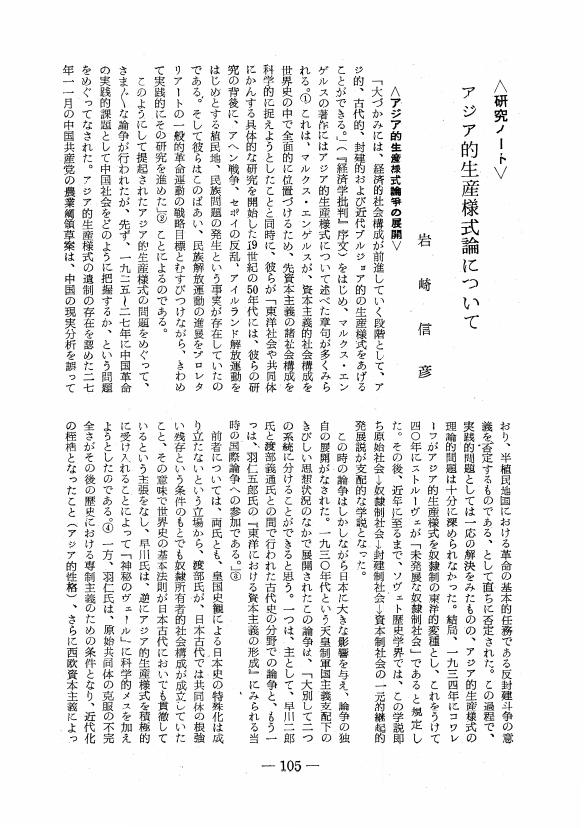8 0 0 0 OA 災害資本主義とリスクマネジメント
- 著者
- 岩崎 信彦
- 出版者
- 地域社会学会
- 雑誌
- 地域社会学会年報 (ISSN:21893918)
- 巻号頁・発行日
- vol.28, pp.45-60, 2016 (Released:2017-05-15)
- 参考文献数
- 25
Twenty years have passed since Hanshin-Awaji Great Earthquake occurred. The results of the restoration projects from the damages are clarified by NHK research conducted in 2014. The author considers the new conception “disaster capitalism” proposed by Nomi Klein’s Shock Doctrine in 2007 is very important. Kobe city government had promoted City Management strategy before and after the Earthquake and it was truly “disaster capitalism”. It brought many scars of the damages and the inadequacy of the restoration through the capitalistic management activities. The Third World Conference on Disaster Risk Reduction was held in Sendai in 2015 and the conceptions “disaster risk reduction” and “risk management” have been accentuated . The conception of risk management is based on three factors such as severity of damages, probability of disaster occurrence and cost-and-benefit. Therefore it cannot directly respond to the actual danger of disasters because of the mediational ideas of probability and cost-and-benefit. It also propels government centralization and impedes independent activities of habitants for disaster prevention. Risk society produces many ideological words and assertions such as “public finance should not be applied to individual compensation”, “nuclear power plants are truly safe”, “self-responsibility” and “resilience”. When we refer to Kanto Great Earthquake we find it was followed by tragic wars. The author is afraid that the legislation of military security has been now rapidly promoted by central government after Great East Japan Earthquake.
1 0 0 0 アジア的生産様式論について
- 著者
- 岩崎 信彦
- 出版者
- 社会学研究会
- 雑誌
- ソシオロジ (ISSN:05841380)
- 巻号頁・発行日
- vol.15, no.1, pp.105-113, 1969
1 0 0 0 OA マルクスにおけるゲマインシャフトとゲゼルシャフト 序説
- 著者
- 岩崎 信彦
- 出版者
- 社会学研究会
- 雑誌
- ソシオロジ (ISSN:05841380)
- 巻号頁・発行日
- vol.17, no.3, pp.49-71, 1972-04-30 (Released:2017-06-14)
1 0 0 0 OA 「都心回帰」時代における大都市の構造変容-大阪市を事例として
日本の大都市では2000年を画期として、長らく続いた人口の郊外化がおわり、人口が都心部に向かう都心回帰といわれる状況がみられる。その原因は、不況により都心地域の地価が下がり、オフィス需要が減少し、余った土地に大型のマンションが建てられ、新しい住民の居住が促進されたためである。本研究では、これらの人口の都心回帰により大阪市における地域社会の構造変容について調査分析を行った。特に都心区における新しい住民と古くから住んでいた住民との関係について、大阪市特有の地域住民組織である「地域振興会」(振興町会や連合振興町会)に焦点をあて、その連合会長らに面接調査を行った。結果として、新住民の地域振興会への参加は少なく、旧住民中心に運営されてきた振興町会の側も新住民への対応に苦慮していること、新旧住民間の交流やコミュニティの形成が課題となっていることが判明した。
1 0 0 0 OA アジア的生産様式論について
- 著者
- 岩崎 信彦
- 出版者
- 社会学研究会
- 雑誌
- ソシオロジ (ISSN:05841380)
- 巻号頁・発行日
- vol.15, no.1, pp.105-113, 1969-07-31 (Released:2017-12-28)
1 0 0 0 現代日本における自殺の諸相 : デュルケーム『自殺論』の射程
- 著者
- 岩崎 信彦
- 出版者
- 神戸大学
- 雑誌
- 紀要 (ISSN:02885808)
- 巻号頁・発行日
- vol.27, pp.203-228, 2000-03

